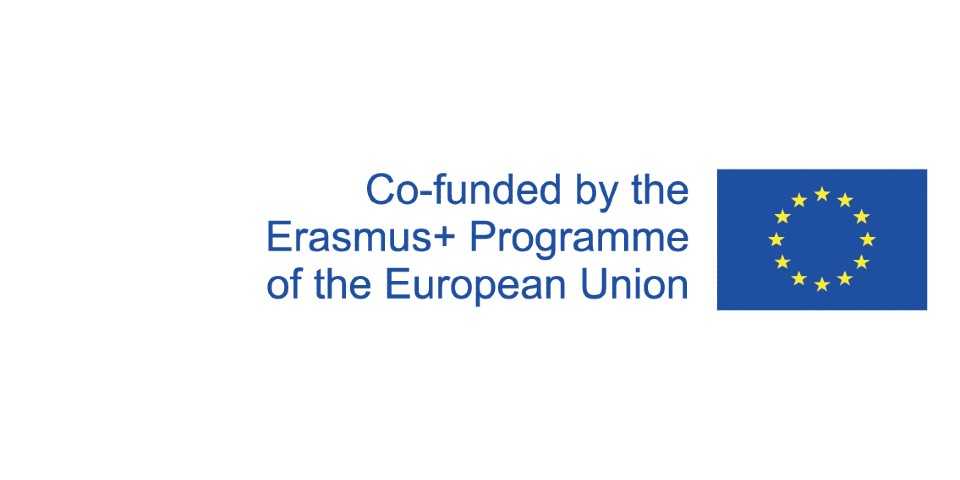Let’s start with one fun fact and that is a colour!
Reclaiming the colour RED
Red is for dylsexia! Red is also the colour of our group logo and the dreaded and feared red ink which students have all seen for corrections :(.
Unfortunately, the red coloured ink normally used to highlight or correct mistakes in homework, tests or exams is really familiar to students and especially for young people with dyslexia who have problems with spelling and sentence structure. Some students are all too familiar with a page filled with red ink 🙁
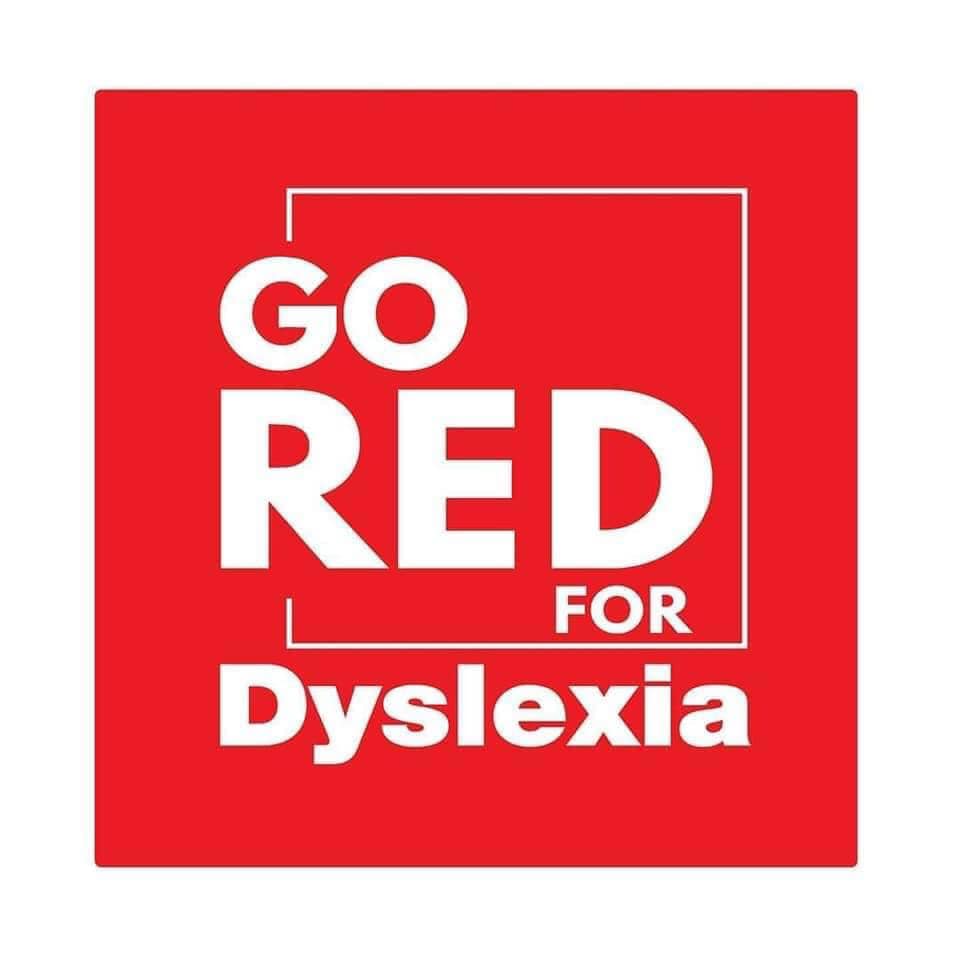
Dyslexia groups, like ours, have chosen red to promote dyslexia and it is also a bit of a cheeky “pay back” to those dreaded corrections and to reclaim back the colour red in a fun and positive way!
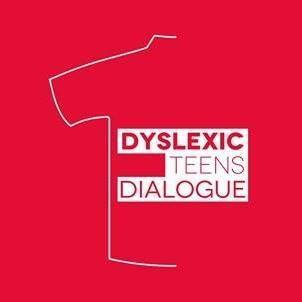
October every year all over the world is dyslexia awareness month. We promote the colour during this month to change the experience of the stereotypical red corrections to a positive one and create awareness of dyslexia.
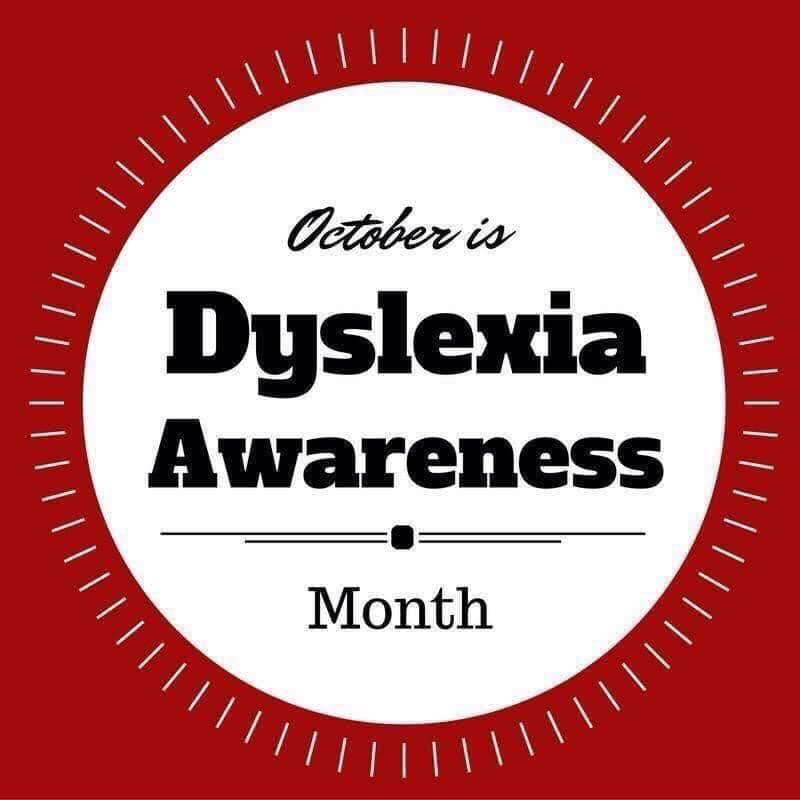
We appeal to teachers to change their pen’s colour for corrections from red to another colour! How about green? 🙂 Green is easier on the eye and on self-esteem! We encourage teachers to always leave at least one positive note or comment on work submitted, positive remarks such as “Great Effort” or “Good Ideas” help and will keep a student going! 🙂
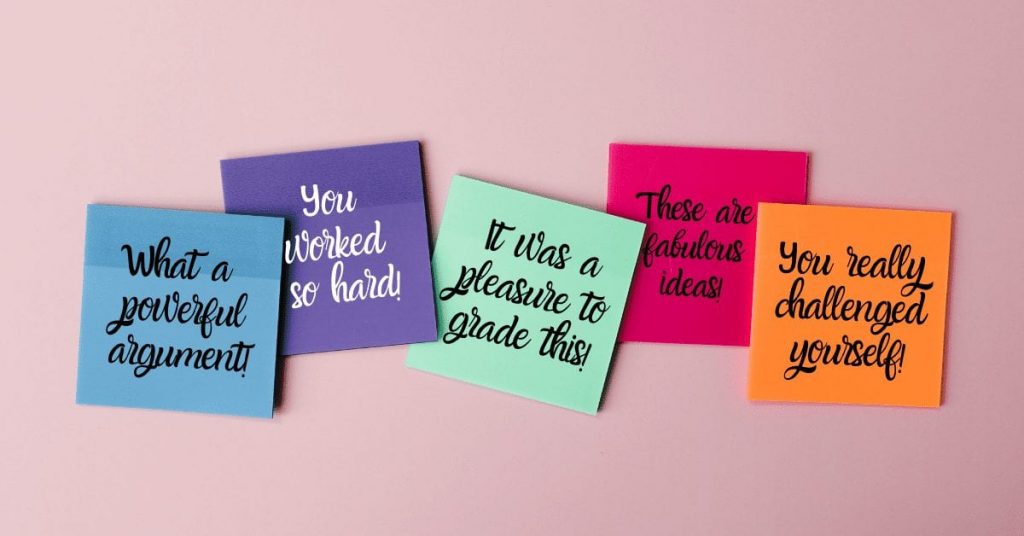
To follow on the above, this page is dedicated to the positives and the interesting about dyslexia! It also includes the words from some of our participants of past Erasmus+ projects including the 11 founder members of Dyslexic Teens Dialogue youth group. Read on!
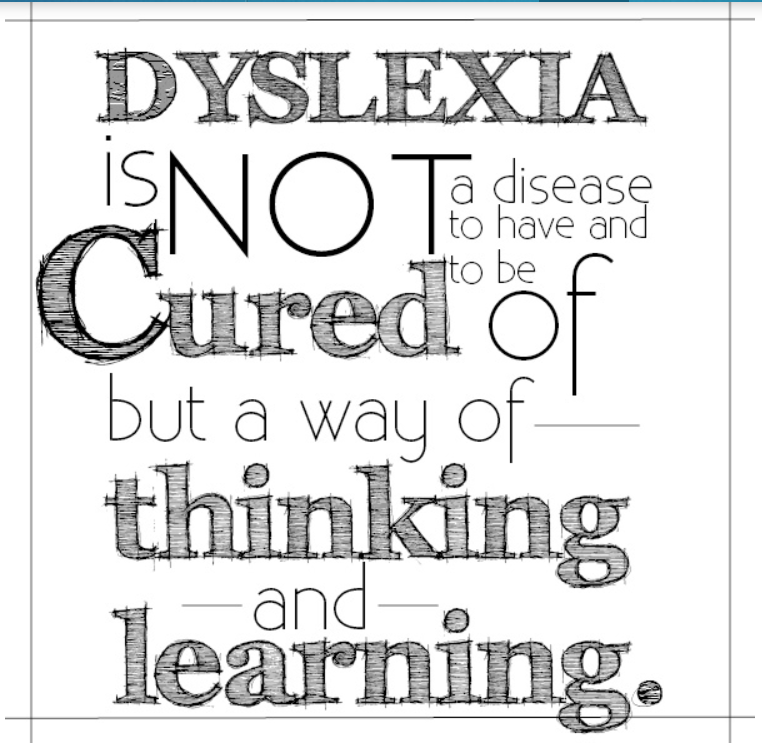
Some might argue that there is nothing “fun” about having dyslexia since information exchange (in particular in tests and exams in writing) and communication rely on good reading and writing skills. However, having a profile of dyslexia is not a tragedy or a life sentence! That is why this page is titled in this way! Having a profile of dyslexia is just another and different way of being, learning and doing! Find out why now!
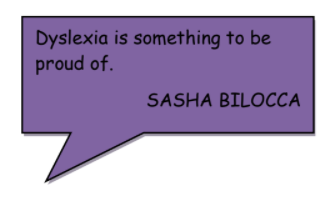
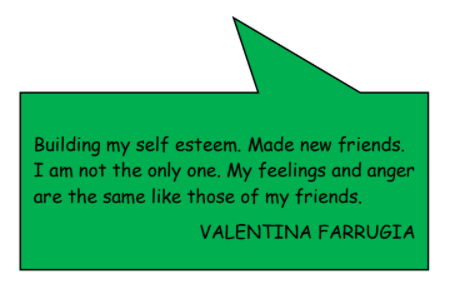
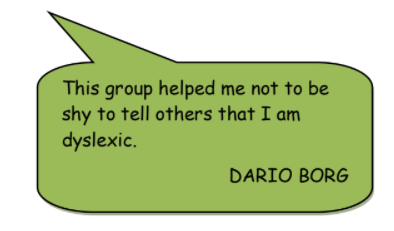
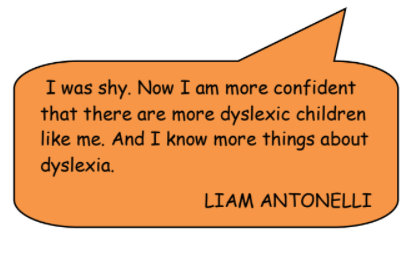
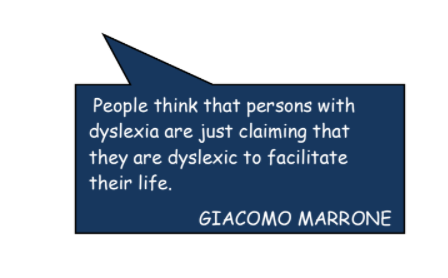
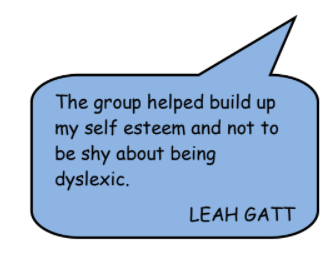
Dyslexia in numbers
- Dyslexia affects nearly 10% of the population.
- Dyslexia is by far the most common learning difficulty.
- A study at Yale found that the numbers of girls and boys who have dyslexia are about the same.
- Dyslexia commonly runs in families.
- Children do not outgrown dyslexia.

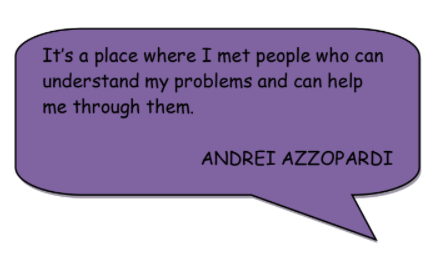

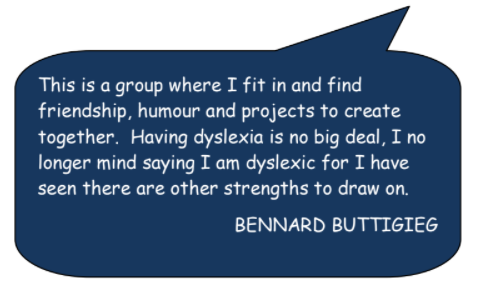
Here are some interesting facts about dyslexia.
- The word dyslexia is derived from the Greek word ‘dys’ (meaning poor or inadequate) plus ‘lexis’ (words or language). Implying a deficit in language tasks.
- Dyslexia varies from mild to severe.
- Dyslexia is a unique mindset that is often gifted and productive but learns differently than other minds.
- Some of the most brilliant minds of our time have been known to have dyslexia: Albert Einstein, Alexander Graham Bell, Thomas Edison, Winston Churchill, Benjamin Franklin, Wolfgang Amadeus Mozart, and John Lennon, to mention only a few.
- There are people with dyslexia in many types of highly respected careers such as: Tom Cruise, Danny Glover, Cher, Magic Johnson, Carl Lewis, Bruce Jenner, and General George Patton.
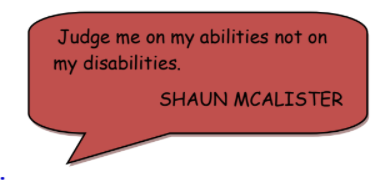
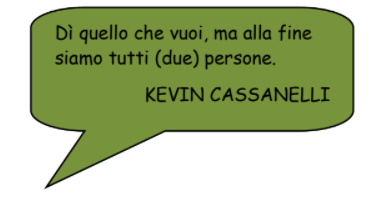
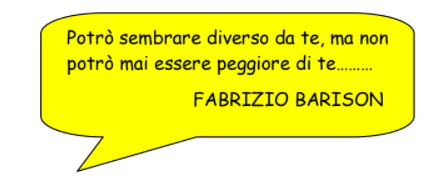
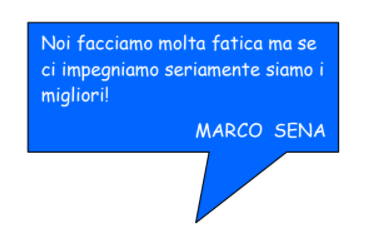
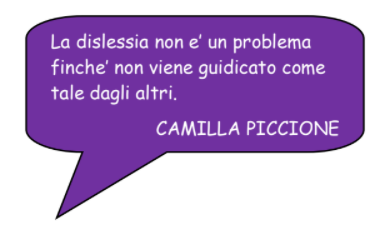
Positive Vocabulary
- Adopt a person first and positive vocabulary, do not use phrases like “suffer from dyslexia” or “dyslexics” or “dyslexic person” or “lazy” or “careless” or refer to dyslexia as a disability. Do not label or generalize. “Person with dyslexia” or “having a profile of dyslexia” are the positives to use.
- The University of Malta has published a document on the use of person first and inclusive vocabulary. Learn more about it here.
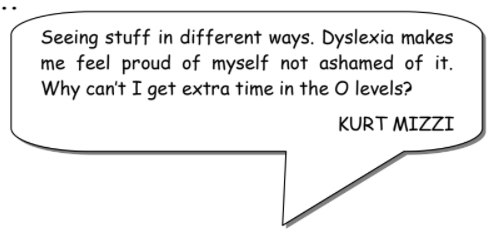
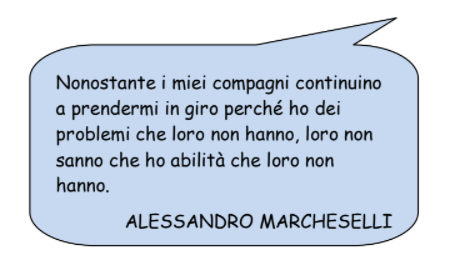
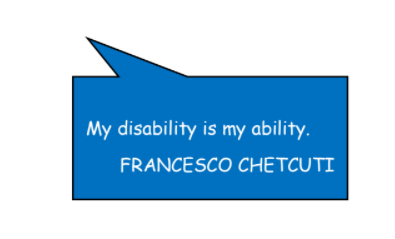

Gifts
People with dyslexia….
- often enjoy and excel at solving puzzles.
- have excellent comprehension of the stories read or told them.
- often have a better sense of spatial relationships and better use of their right brain.
- have excellent thinking skills in the areas of conceptualization, reason, imagination, and abstraction.
- have a strong ability to see concepts with a “big picture” perspective.
- are adept to excellence in areas not dependent on reading.
- typically have a large spoken vocabulary for their age.
- tend to be more curious, creative, and intuitive than average.
- Dyslexia is not related to low intelligence.
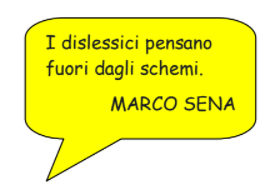
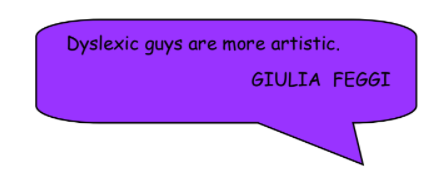
Solutions for Dyslexia
- Students with dyslexia score significantly higher on test when they are given additional time and given the test orally.
- Students with dyslexia do best when directions are two steps or fewer. They often get confused and frustrated with a long list of “to dos” or directions.
- The more important, consistent, frequent, multi-sensory, and emotionally reinforcing information is presented, the easier and more enduring language learning becomes for people with dyslexia.
- Encourage, encourage, encourage, create opportunities for success
- Have a look at our Leaflet of Hints
- Be a study buddy
- Be a friend 🙂
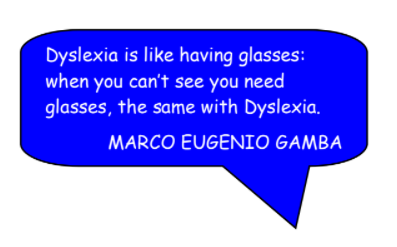


Adapted from: https://athome.readinghorizons.com/blog/50-interesting-facts-about-dyslexia


